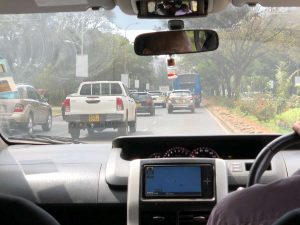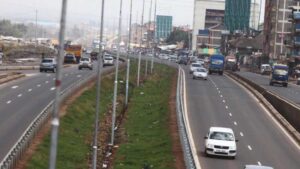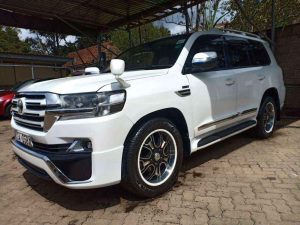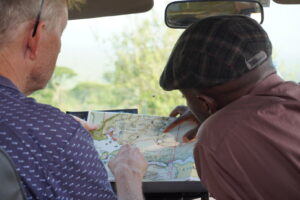Driving in Nairobi City: A Tourist’s Comprehensive Guide
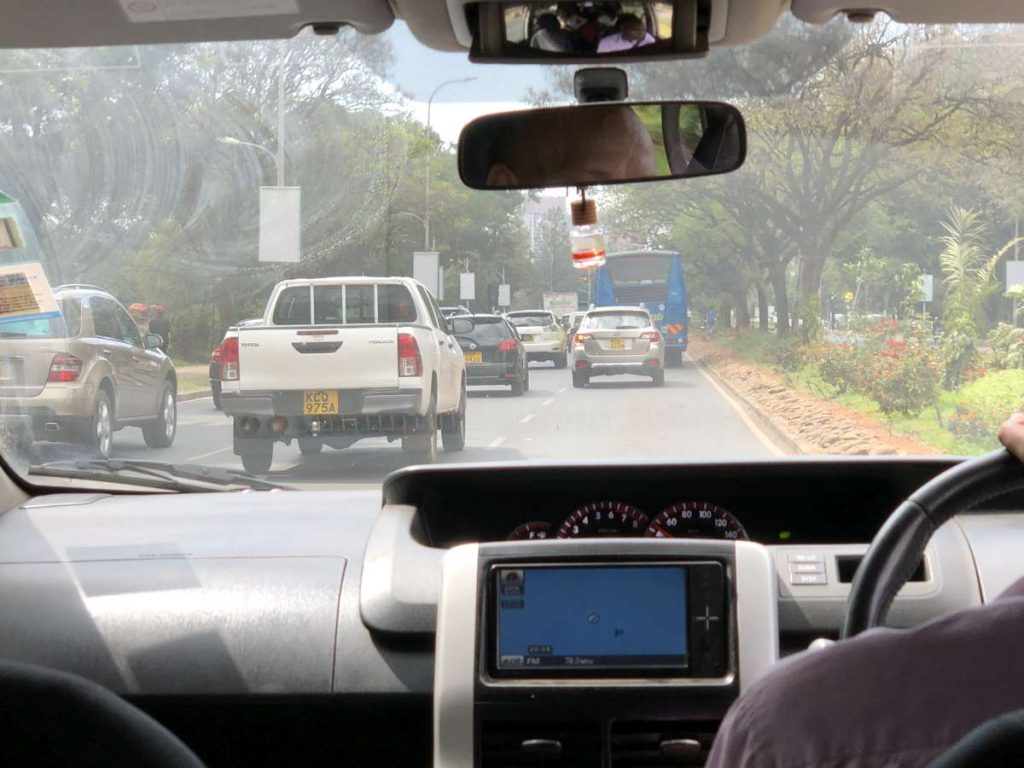
Nairobi city, the vibrant capital of Kenya, presents a unique driving experience that can be both exhilarating and challenging. Whether you’re a visitor renting a car or a new resident getting behind the wheel for the first time, understanding the dynamics of driving in Nairobi is essential for a safe and stress-free journey through this bustling metropolis.
The Traffic Reality
Driving in Nairobi means confronting one of Africa’s most notorious traffic situations. The city’s roads experience heavy congestion, particularly during peak hours from 7:00 AM to 9:00 AM and 5:00 PM to 8:00 PM. Major arteries like Uhuru Highway, Mombasa Road, and Thika Road can turn into slow-moving parking lots during rush hour. Patience becomes your most valuable companion when navigating these congested corridors.

However, traffic in Nairobi isn’t just about volume. The driving culture is assertive and sometimes unpredictable. Matatus (public minibuses) weave through lanes with impressive agility, motorcycles known as boda bodas zip between vehicles, and pedestrians often cross roads wherever convenient. This dynamic environment requires constant alertness and defensive driving skills.
Rules of the Road
Kenya follows left-hand traffic, a legacy of British colonial influence. Speed limits are clearly posted, with 50 km/h typical in residential areas and up to 80-100 km/h on highways. However, enforcement varies, and you’ll notice that many drivers interpret these limits liberally. Traffic police are present throughout the city, often conducting spot checks for licenses, insurance, and vehicle condition.
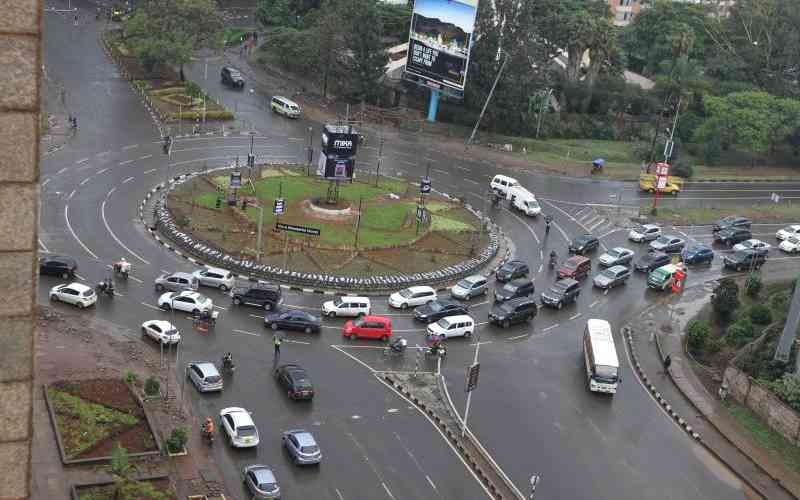
Roundabouts are common in Nairobi, and the rule is simple: give way to traffic already in the roundabout. Seat belts are mandatory for all occupants, and using mobile phones while driving is prohibited unless you have hands-free equipment. Despite these regulations, compliance isn’t universal, so stay vigilant regardless of what other drivers do.
Road Conditions and Infrastructure
Nairobi’s road infrastructure presents a mixed picture. Major highways and recently constructed roads are generally well-maintained with clear lane markings and adequate signage. However, venture into residential neighborhoods or older parts of the city, and you’ll encounter potholes, unmarked speed bumps, and poorly lit streets. The rainy season, typically from March to May and October to December, can worsen road conditions significantly.
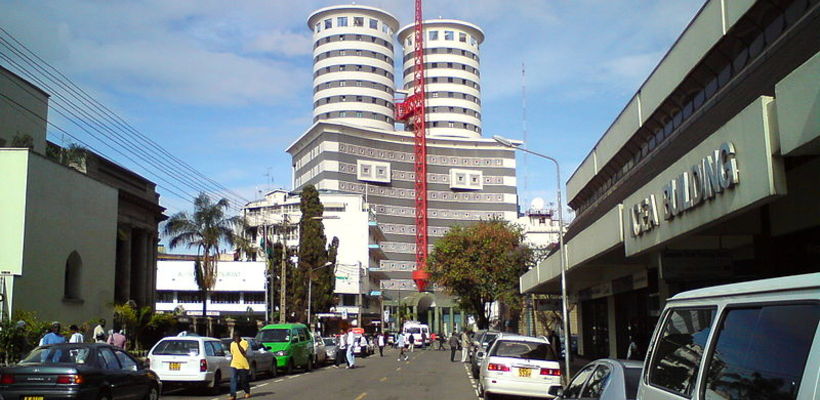
Parking in Nairobi’s Central Business District (CBD) operates through a county-managed system. Digital parking payments via mobile money have replaced traditional parking meters, making the process more convenient. Always park in designated areas and secure your vehicle properly, as car break-ins can occur in less monitored locations.
Navigating Like a Local
Successful driving in Nairobi requires adopting certain strategies. First, plan your routes to avoid peak traffic times when possible. GPS navigation apps like Google Maps and Waze are invaluable tools that provide real-time traffic updates and suggest alternative routes. Local knowledge matters too—Kenyans often refer to landmarks rather than street names, so familiarizing yourself with major landmarks helps when asking for directions.
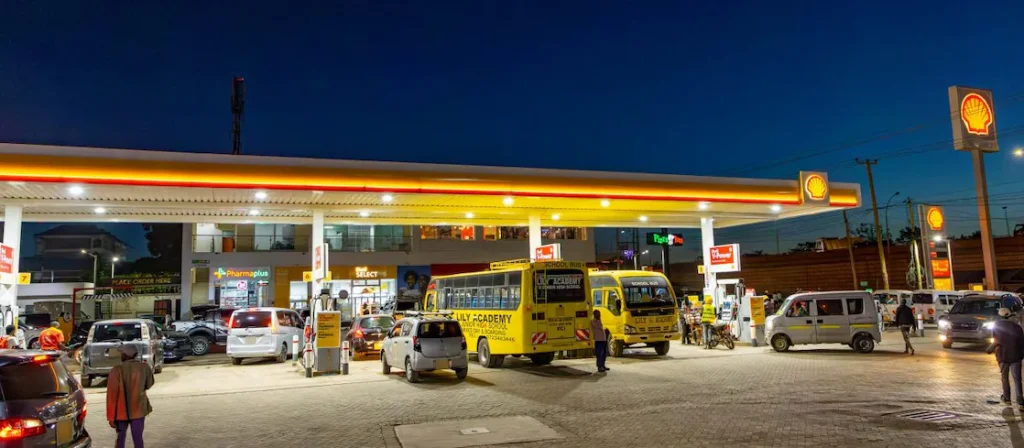
Fuel stations are abundant throughout Nairobi, with major brands like Shell, Total, and Rubis well-represented. Most accept mobile payments, credit cards, and cash, making refueling straightforward.
Safety Considerations
While driving in Nairobi is generally safe during daylight hours, exercise caution after dark. Keep doors locked and windows up, especially in heavy traffic where opportunistic theft can occur. Be aware of your surroundings in unfamiliar neighborhoods, and avoid displaying valuables visibly inside your vehicle.
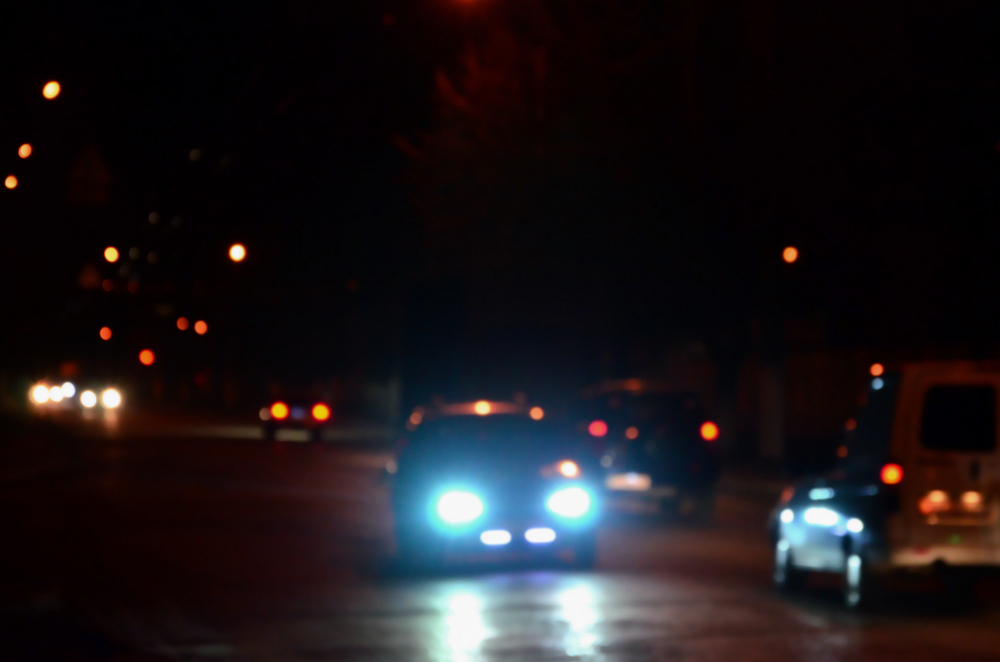
If you’re involved in a minor accident, Kenyan law requires you to report it to the nearest police station. For insurance purposes, take photos and exchange information with other parties involved.
The Verdict
Driving in Nairobi demands confidence, patience, and adaptability. The experience can feel overwhelming initially, but most drivers adjust within a few days. The freedom to explore this dynamic city on your own terms makes navigating its challenges worthwhile. With proper preparation and a calm mindset, driving in Nairobi becomes not just manageable, but an authentic way to experience the pulse of Kenya’s capital city.
Are you planning to book a rental car for self drive in Nairobi city- we at Rent A Driver Kenya will be more than happy to offer you our services. Whether you want a 4×4, SUV, van, bus or executive luxury car- we got you covered. Simply contact us now by sending an email to info@rentadriverkenya.com or call us now on +256-700135510 to speak with the reservations team.
